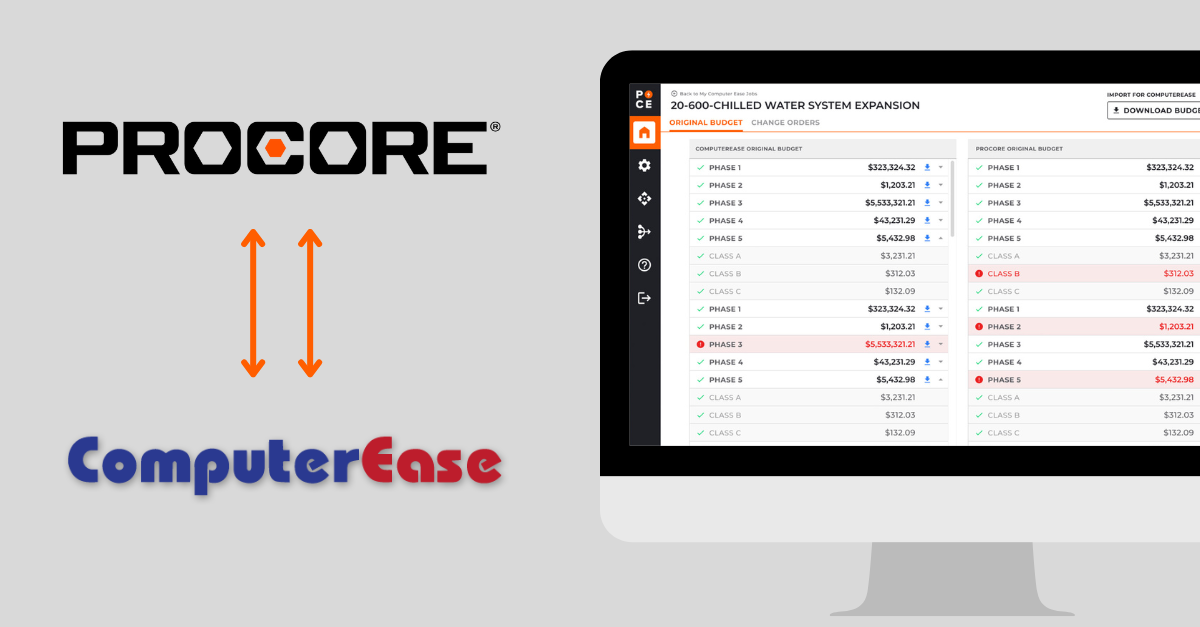Most people have heard the term “software bug” before. Yet, not everyone knows what a “bug” is. Why do they happen? What can you do about it?
Bugs are an inevitable part of custom software development. But, with the right approach to finding and fixing them, bugs are only a minor annoyance. They can be quickly remedied and won’t detract from the success of your new software.
What’s a Software Bug?
While a software bug can be defined in various ways with more or less technical precision, at SPARK, we define a bug very simply:
“An action in the software that does not do what it was intended to do.”
A certain number of bugs is virtually inevitable with any custom software project. Bugs are an inherent risk in software development.
Why Does Software Have Bugs?
Custom software projects are complex. There are a lot of moving parts involved, from different software applications to individual lines of code; it’s way in the weeds for most people to understand. However, when building and using new custom software, the odds are high that there’ll be at least some bugs.
To avoid bugs, software teams like SPARK will do extensive testing before they turn the software over to you as the client. They should test many scenarios that are defined during the scope definition process to make sure the software works as intended.
But bugs still happen for a variety of reasons like:
- Sometimes other pieces of software that your new custom software interacts with have changed during the development process and they no longer “talk” to each other the same way
- Sometimes there are minor programming errors.
- Sometimes clients use the software in ways that weren’t discussed during the planning and design phases
- Sometimes there are edge cases at the extreme uses of your software that were unable to be accounted for.
Software Bugs are Like Construction Punch Lists
Another way to think about bugs is to compare them to a construction project “punch list.”
At the end of a construction project, there are always a few items that need to be adjusted or fixed – even when the contractors have done an amazing job.
So, the owner (or customer) will inspect the completed project and make a list of those items. That list is called a “punch list.” Then the contractor will work through the punch list items and fix them.
Slight imperfections, or punch list items, are a normal part of any construction project. In a similar way, bugs are a normal part of custom software development.
At SPARK, we do everything we can to ensure that the bugs in the new custom software we develop are kept to a minimum. But we and other developers know that it’s almost impossible to have 100% bug-free software right at its launch.
So, “100% bug-free” is not a useful standard when evaluating your new custom software. Instead, you can have….
- the right mindset and expectations about bugs (that is, there will inevitably be a few); and
- a good process to catch, report, track, and remedy them.

SPARK Tip: Define a process for documenting any bugs (like a spreadsheet) while you implement new software. Follow this implementation checklist for more tips on how to successfully roll out your custom software.
How to Handle Bugs In Your New Software
When a custom software developer delivers new software to a client, there’s usually a set period for the client to test the new software.
At SPARK, we use an industry-standard 30-day “User Acceptance Testing” phase. This should be an exciting and fun part of a software project. It’s your chance to finally use the software you’ve helped create and have been looking forward to using!
Unfortunately, sometimes this phase is overlooked by clients. We know it can be hard to prioritize it over the daily demands of your job. At this phase of the project, you can start incorporating the software solution into your workflows and take advantage of it. As you use the new software in your everyday business environment, you can clearly see if it works as you think it should and interacts well with your business systems.
As you use and test the software, you may discover some bugs where the software isn’t quite doing what it is supposed to be doing. That’s ok! Again, having some bugs is a normal part of any new custom software rollout. The key thing is to set up a simple and effective way for your team to track any bugs they encounter. A spreadsheet or other shared document is often the easiest way to do this.
 SPARK Tip: If you’re the project manager for your team, this is an area you can help with. We encourage our SPARK clients to submit a support ticket with details and screenshots of any bugs. It helps us prioritize and fix them efficiently. Check out more project management tips to help you work smoothly with your development partner when building new software.
SPARK Tip: If you’re the project manager for your team, this is an area you can help with. We encourage our SPARK clients to submit a support ticket with details and screenshots of any bugs. It helps us prioritize and fix them efficiently. Check out more project management tips to help you work smoothly with your development partner when building new software.
If you’re working with a development partner, you should check to see how bugs are handled during this phase. For some, they might consider all bugs discovered during the User Acceptance Testing phase (or something similar) to be within the scope of work for your original agreement. So, fixing these bugs will be done without any additional costs. Otherwise, you could incur additional fees if you wait to fix bugs until after your project is complete.
All in all, it’s best practice to work closely with your development partner to catch and fix bugs through user testing. It’ll improve your go-live experience and ensure you avoid any extra costs.
How to Build On Your Custom Software For Years to Come
Dealing with software bugs is a normal part of owning and operating custom software! But it’s important to work with your tech partner to resolve them to keep your software tools running smoothly.
What else can you do to maintain your software over time? Check out our recent article – How to Build on Your Software Investment for Years to Come. We’ll give you two easy steps to ensure your software grows with you…before you outgrow it!

.png)



